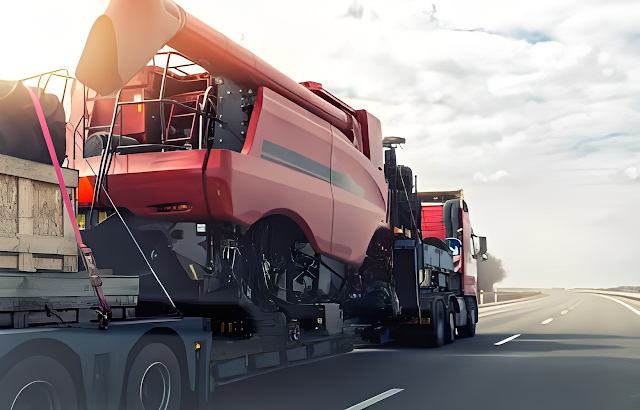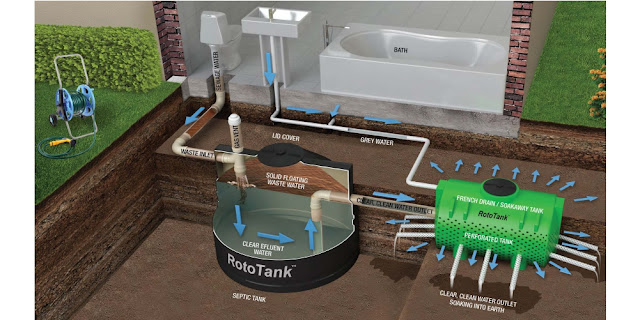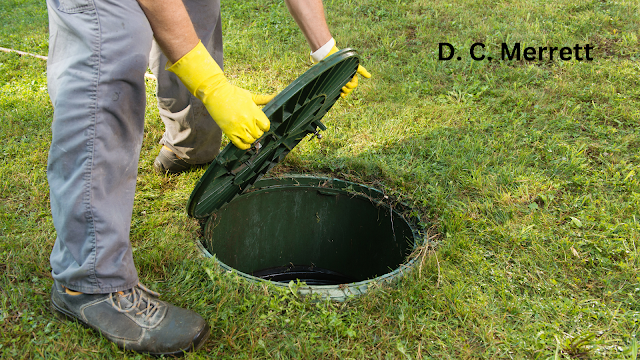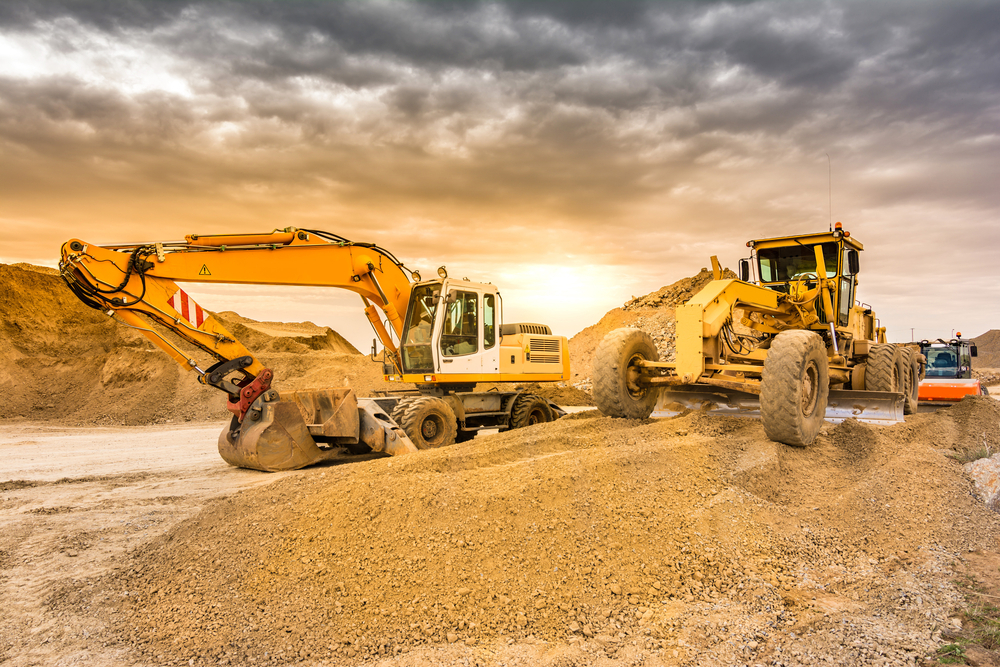Heavy Haulage: The Evolution of Machinery Transport in Industries
In the dynamic world of industries, the transport of heavy machinery has undergone a remarkable evolution over the years. From rudimentary methods to cutting-edge technologies, the journey of heavy haulage reflects not only the progress in engineering but also the adaptability of industries to changing demands. In this blog, we delve into the fascinating evolution of machinery transport, exploring key milestones, technological advancements, and the impact on various sectors.
The Early Days:
In the early days of heavy haulage, industries relied on sheer manpower and basic tools to transport machinery. The movement of large equipment was a labor-intensive process, often requiring a considerable workforce and time. As industries expanded and machinery became more sophisticated, the need for efficient transport solutions became apparent.
Technological Advancements:
1. Internal Combustion Engines:
The advent of internal combustion engines marked a significant turning point. Steam-powered engines gave way to diesel and petrol engines, providing greater power and efficiency. This transition not only increased the speed of heavy haulage but also paved the way for more versatile and powerful vehicles.
2. Specialized Trailers:
The development of specialized trailers designed for heavy loads revolutionized the transportation of oversized machinery. Low loaders, extendable trailers, and modular transport systems allowed for the safe and efficient movement of even the bulkiest equipment.
3. Telematics and GPS Technology:
The integration of telematics and GPS technology brought a new level of precision to heavy haulage. Real-time tracking, route optimization, and monitoring of vehicle conditions enhanced safety, reduced transit times, and improved overall logistics.
Industry Impact:
1. Construction:
In the construction industry, the evolution of machinery transport has played a crucial role in project timelines. The ability to swiftly and safely transport heavy construction equipment has become a cornerstone for timely project completion.
2. Manufacturing:
Manufacturing industries benefit from efficient machinery transport in the delivery of production equipment. The just-in-time approach is now more feasible, allowing industries to optimize their operations and minimize downtime.
3. Renewable Energy:
The transport of components for renewable energy projects, such as wind turbine parts, has become more streamlined. Specialized transport solutions are essential in supporting the growth of sustainable energy initiatives.
Environmental Considerations:
As industries progress, so does the emphasis on sustainable practices. The heavy haulage sector is no exception. Companies are increasingly adopting eco-friendly technologies, exploring alternative fuels, and implementing measures to reduce their carbon footprint during machinery transport.
Future Trends:
Looking ahead, the future of heavy haulage in machinery transport is exciting. With advancements in autonomous vehicles, artificial intelligence, and continued focus on sustainability, the industry is poised for further transformation. The integration of smart technologies will enhance efficiency, safety, and environmental consciousness.
Conclusion:
The evolution of heavy haulage in machinery transport reflects the resilience and adaptability of industries. From humble beginnings to the era of smart logistics, the journey has been remarkable. As we move forward, the commitment to innovation and sustainability ensures that heavy haulage will continue to be a driving force in shaping the future of industries.




Comments
Post a Comment